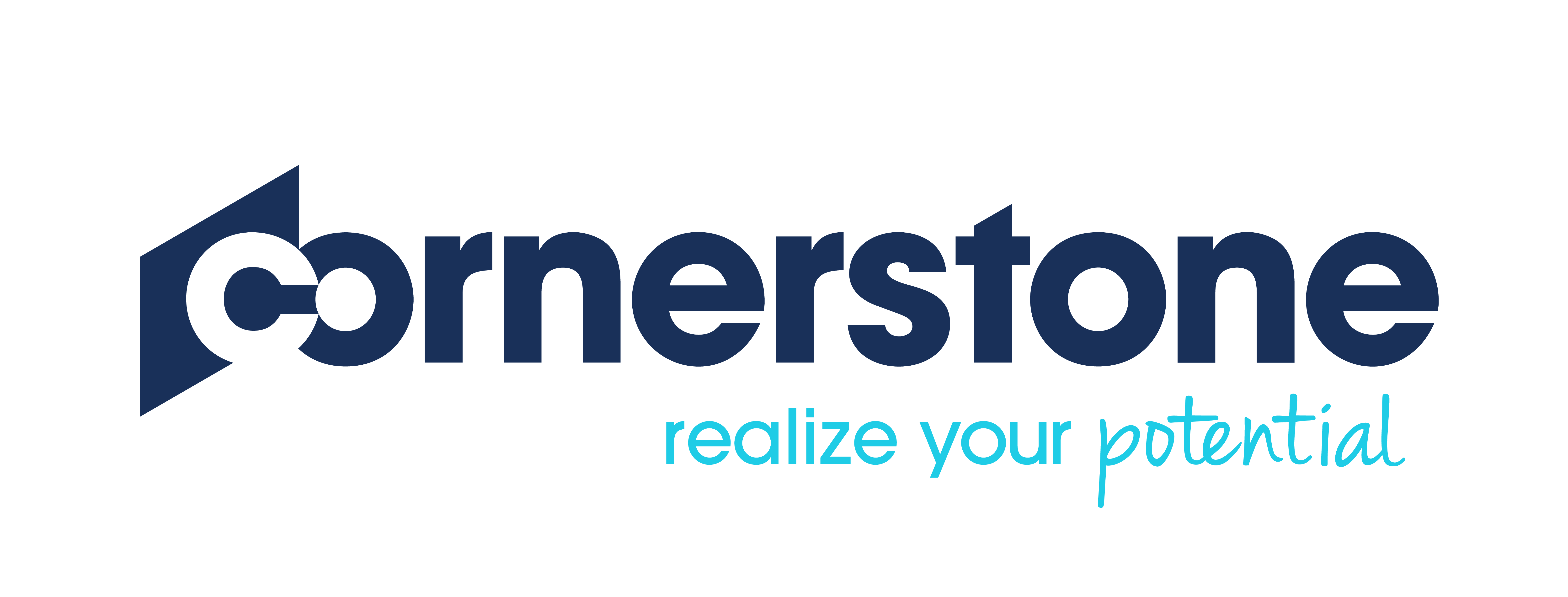Tight budgets, outdated IT systems and changing workforce demographics are a few of the challenges facing today’s health and human services (HHS) agencies. At the same time, they must also balance compliance and performance to ensure that current programs and the quality of care patients receive meet or exceed required standards.
To address these challenges, HHS agencies are exploring enhanced IT tools that empower them to make data-driven decisions. For a growing number of federal, state and local agencies, the solution has come in the form of a learning management system, or LMS.
At its core, an LMS is a software application for administrating, delivering and tracking e-learning or training programs. But an LMS isn’t just about training anymore. It’s about employee engagement, ensuring compliance and developing critical skills for the workforce.
For the HHS industry, an LMS improves real-time decision-making, increases compliance with regulations and delivers corporate training to employees. The state of Colorado is one example. Workers there use an LMS to centralize data and track and analyze return on investment (ROI). An LMS can be a powerful tool to meet current and future demands and boost employee engagement.
To explore how HHS agencies at all levels are using LMS tools, GovLoop partnered with Cornerstone OnDemand, a cloud-based learning and talent management solutions provider, to produce this report. In it, we explain how an LMS can meet the pressing challenges that agencies face and best practices for implementing one. We also highlight how Colorado is benefiting from this software application and how your agency can, too.







